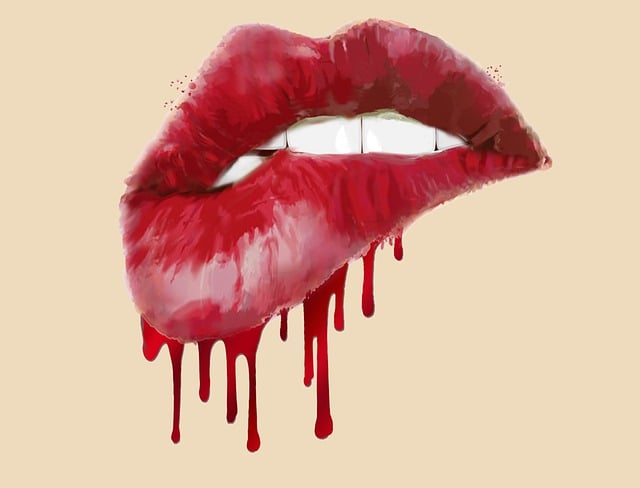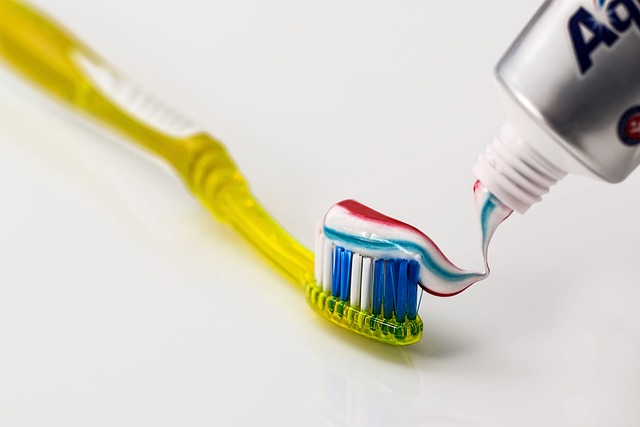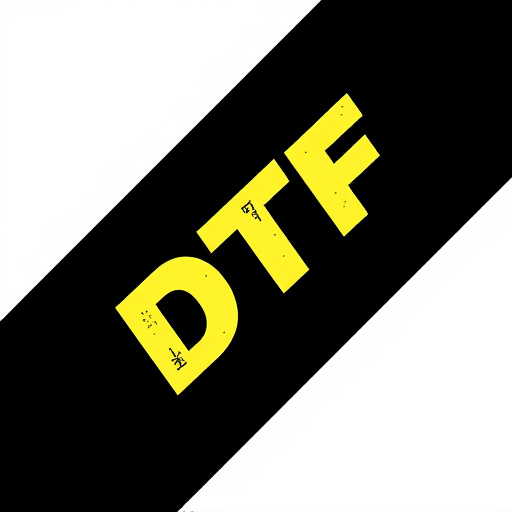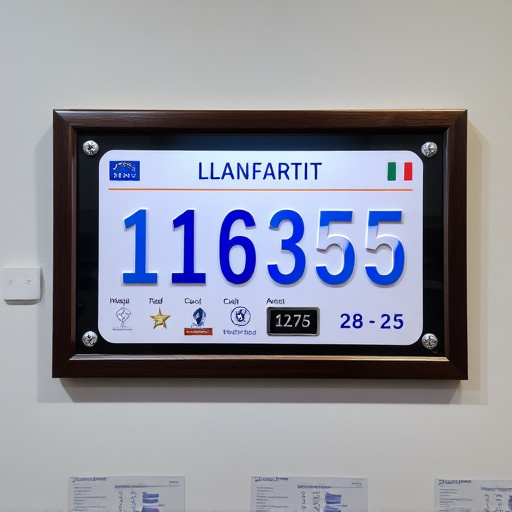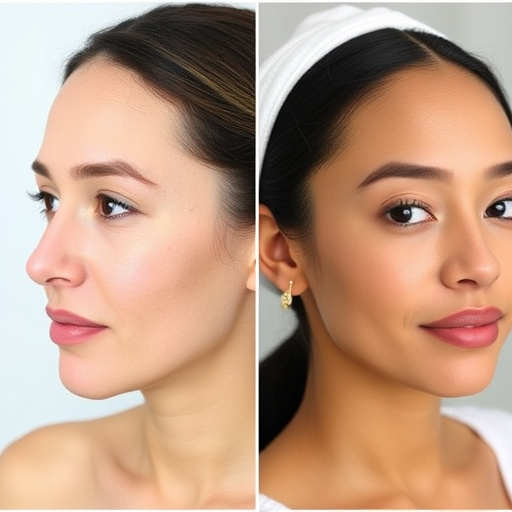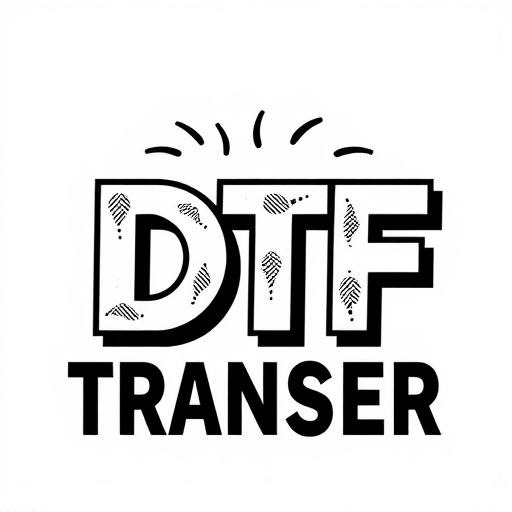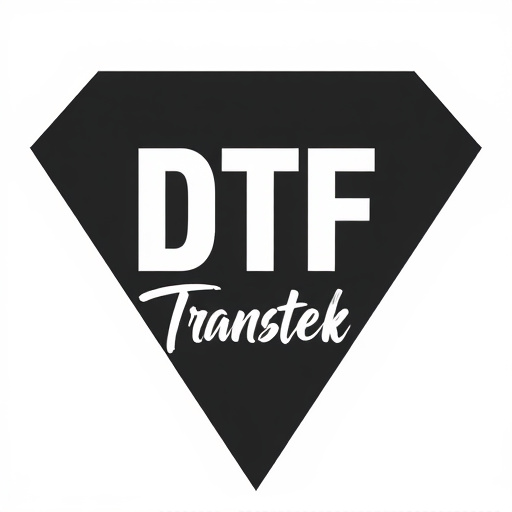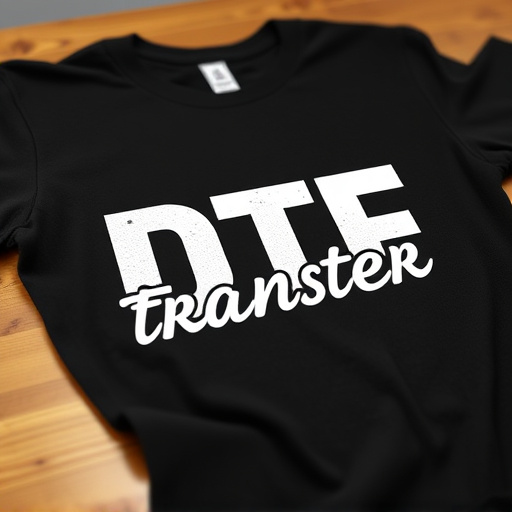Direct-To-Film (DTF) technology revolutionizes artistic creation in film, offering precise reproduction of detailed artwork with high-quality UV/laser printers. DTF's cost-efficiency and versatility make it ideal for short-run projects, indoor/outdoor use, and custom designs. Artists should focus on clean lines and vector graphics, while selecting vibrant inks and suitable substrates ensures durable prints. Specialized techniques like protective coatings and advanced printing optimize DTF transfers, transforming filmmaking with custom artwork integration.
In the realm of filmmaking, embracing personalized artwork for direct-to-film (DTF) applications has revolutionized visual storytelling. This cutting-edge technology, DTF Transfer, allows artists to create unique designs that seamlessly merge with cinematic landscapes. From concept art to set decorations, DTF Printing offers an array of benefits, ensuring high-quality visuals and enhanced creative freedom. Discover how this innovative process transforms personalized artwork into captivating film experiences, unlocking endless possibilities for filmmakers and artists alike.
- Understanding Direct-To-Film (DTF) Technology: A Brief Overview
- The Benefits of DTF Transfer for Film Applications
- Creating Personalized Art for DTF Printing: Design Considerations
- Choosing the Right Materials for Optimal DTF Prints
- Techniques to Enhance Durability and Quality in DTF Transfers
- Exploring Creative Possibilities with DTF Art in Filmmaking
Understanding Direct-To-Film (DTF) Technology: A Brief Overview
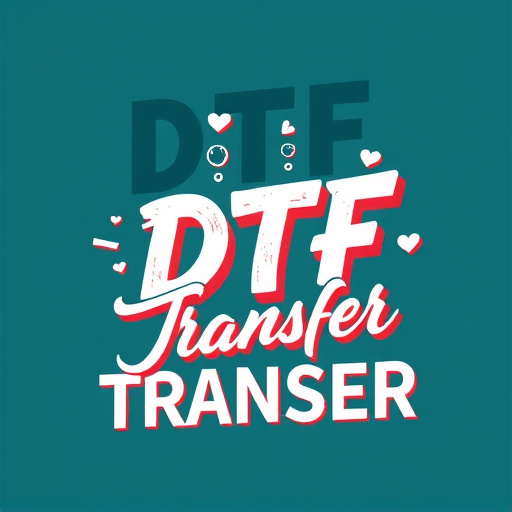
Direct-To-Film (DTF) technology is a cutting-edge process that has revolutionized the way artwork is created and applied, particularly in the film industry. This innovative method streamlines the production of custom graphics by transferring designs directly onto various substrates using specialized printing techniques. DTF involves advanced printing technologies, often employing UV or laser printers, to create high-quality prints that can be used for a range of applications, from marketing materials to special effects in films.
DTF Transfer offers a unique advantage over traditional methods as it allows for precise and detailed artwork reproduction. It is particularly popular for creating visually stunning DTF Prints, which can then be seamlessly integrated into film production. This technology ensures that the final product maintains exceptional clarity and vibrancy, making it an ideal choice for artists and filmmakers seeking to bring their creative visions to life on screen.
The Benefits of DTF Transfer for Film Applications
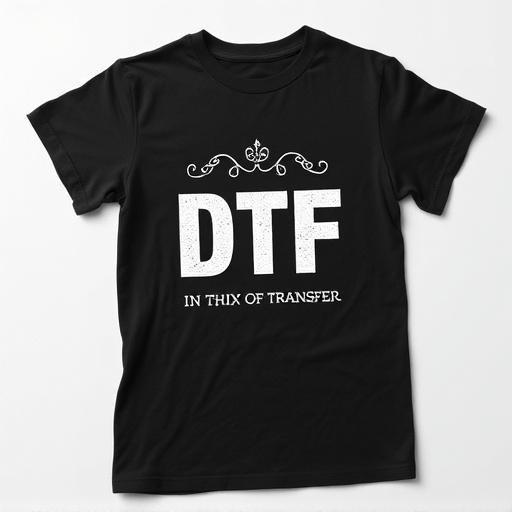
The Direct-to-Film (DTF) transfer process offers a range of advantages for film applications, revolutionizing the way artwork is brought to life on screen. One of its key benefits is the ability to create high-quality, intricate designs with exceptional detail. This method eliminates the need for traditional printing techniques, allowing artists and designers to directly apply artwork onto various film surfaces, ensuring precision and minimizing potential errors.
Additionally, DTF transfers provide a cost-effective solution for film production. By eliminating the requirements for separate printing and application processes, it streamlines the workflow, reducing labor costs. This efficiency is particularly advantageous for short-run or custom projects, enabling faster turnaround times without compromising on quality. DTF prints offer a versatile and durable option for films, suitable for both indoor and outdoor use, ensuring that vibrant visuals can be enjoyed for extended periods.
Creating Personalized Art for DTF Printing: Design Considerations
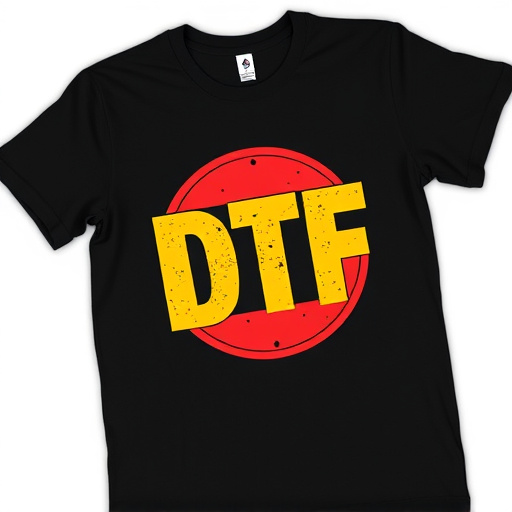
Creating personalized artwork for direct-to-film (DTF) application involves a unique set of design considerations. The primary goal is to ensure that the artwork translates seamlessly into high-quality DTF prints, maintaining detail and vibrancy across various media. Designers need to keep in mind the specific requirements of DTF transfer, including resolution, color accuracy, and compatibility with different film types and printing processes.
For optimal DTF results, artists should focus on clean lines, sharp edges, and minimal texture. Vector graphics are often preferred due to their scalability without loss of quality, making them ideal for both small and large-scale DTF prints. Additionally, using specific color profiles and ensuring the artwork is saved in a format compatible with DTF printing software, such as PDF or EPS, is crucial. These technical aspects play a significant role in delivering impactful and visually appealing DTF transfers.
Choosing the Right Materials for Optimal DTF Prints
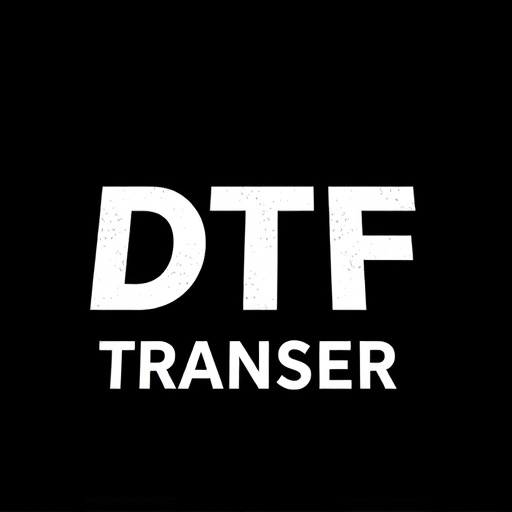
When creating personalized artwork for direct-to-film (DTF) application, selecting the appropriate materials is paramount to achieving optimal DTF prints. The choice of substrates and inks plays a significant role in ensuring the final product meets expectations. High-quality, vibrant inks that are compatible with the chosen film are essential for rich, accurate colors in the printed output. Additionally, the substrate should be smooth, durable, and suitable for the intended application to prevent smudging or damage during transfer.
Consider factors like material thickness, flexibility, and adhesion when choosing a DTF Transfer. For instance, thin, flexible films might be ideal for intricate designs requiring precise detail, while thicker substrates could better withstand wear and tear if the artwork is meant for outdoor use. Prioritizing these considerations will result in exceptional DTF Prints that capture the essence of your creative vision.
Techniques to Enhance Durability and Quality in DTF Transfers
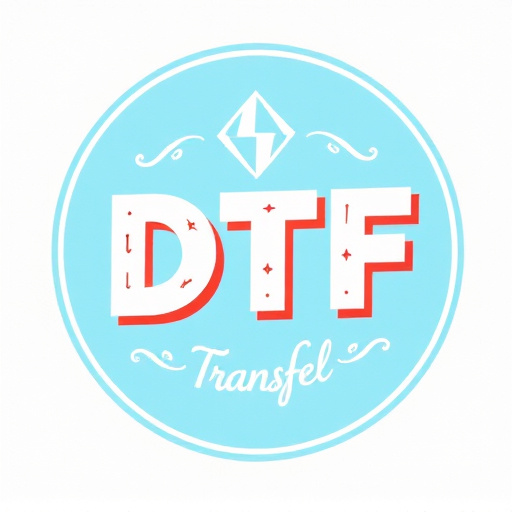
When creating personalized artwork for direct-to-film (DTF) application, ensuring durability and high-quality transfers is paramount. One effective technique involves utilizing specialized inks designed for DTF printing. These inks are formulated to adhere strongly to various film surfaces while withstanding environmental factors like humidity and UV exposure. Additionally, pre-treating the film with protective coatings can significantly enhance its longevity. Coating not only safeguards against fading but also improves the overall print quality by filling surface imperfections.
Another key strategy is optimizing the printing process itself. Precise registration and alignment during printing are crucial for maintaining detail and consistency across the entire DTF transfer. Advanced printers equipped with high-resolution capabilities and precise mechanics ensure accurate color reproduction and crisp lines, resulting in superior DTF prints. Regular maintenance of printing equipment also plays a vital role; keeping components clean and well-calibrated contributes to consistent output quality over time.
Exploring Creative Possibilities with DTF Art in Filmmaking
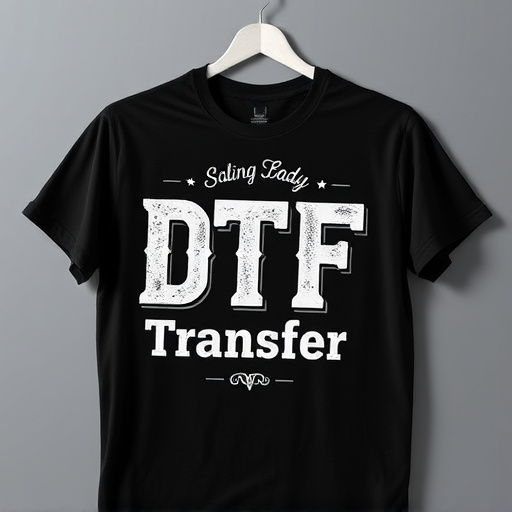
In the realm of filmmaking, exploring creative possibilities with Direct-to-Film (DTF) art has opened up a world of opportunities for filmmakers and artists alike. DTF Transfer, a cutting-edge process, allows for the seamless integration of custom artwork directly onto film stock, offering an unparalleled level of artistic control. This innovative technique goes beyond traditional DTF Printing, enabling filmmakers to create visually stunning and unique cinematic experiences.
With DTF, artists can bring their visions to life in ways never before possible. Custom DTF Prints can range from intricate set backdrops to elaborate costumes, enhancing the visual narrative and immersing audiences in the story. The flexibility of this process encourages experimentation and fosters a new level of artistic expression in film, where the only limit is the imagination.
